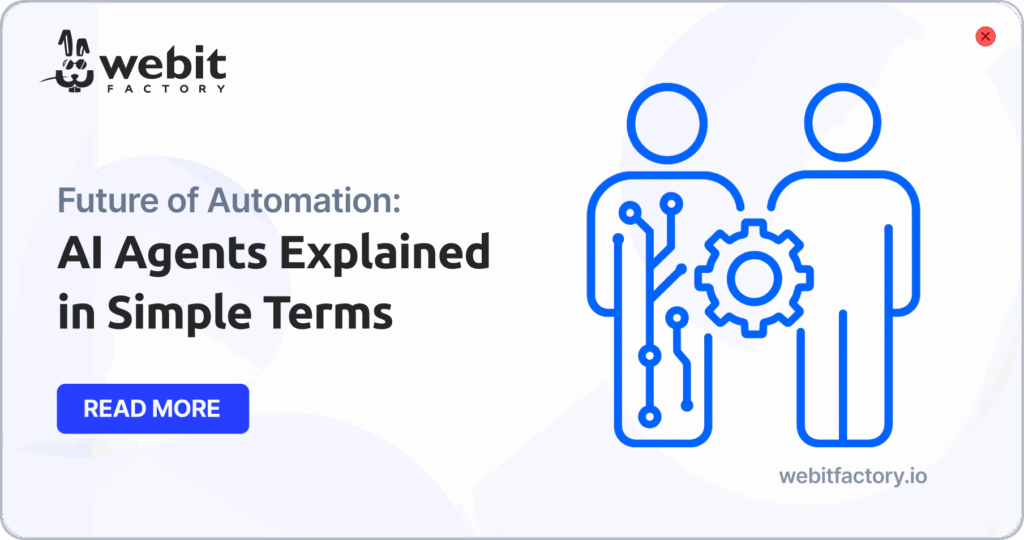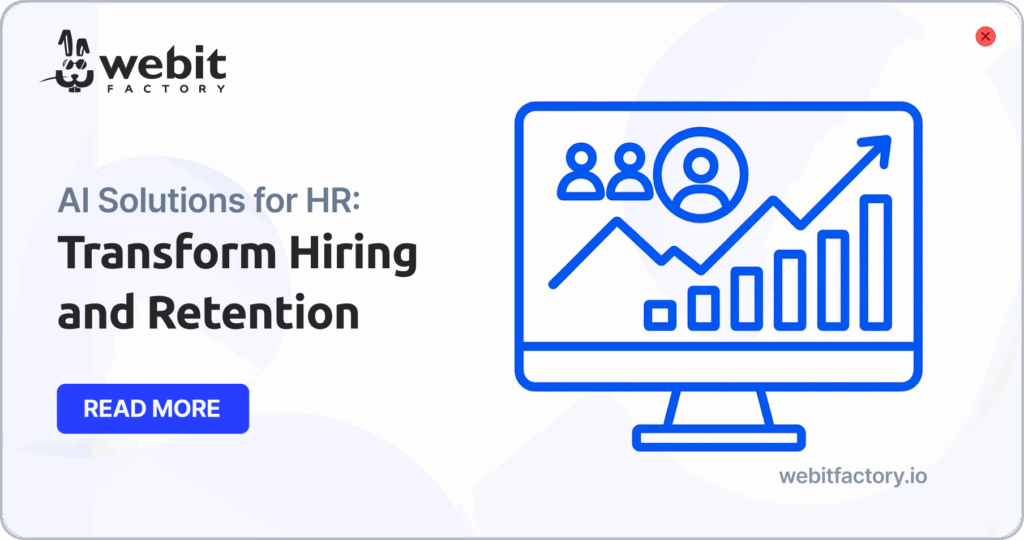According to Meticulous Research, the European manufacturers automation market is projected to grow by 8.2% annually through 2027. Why? Because more manufacturers are turning to automation to cut costs, increase efficiency, and maintain their competitive edge.
Companies had to make changes as rising labor, energy, and material costs are eating into profit margins, while supply chain disruptions and evolving consumer demands add complexity to manufacturing businesses in Europe. At the same time, customers are demanding faster production times and better quality, leaving little room for inefficiency.
If these challenges sound familiar, you’re not alone. There’s no need to fret, here’s a way to tackle these issues head-on.
How Rising Operational Costs Are Impacting Businesses
Labor, energy, and materials are more expensive than ever. Across the Europe Manufacturing Sector, businesses are feeling the pinch, with rising costs making it harder to maintain healthy profit margins. Compounding this, consumers and clients continue to expect high-quality, timely delivery. It’s a challenging combination to navigate, but there’s no need to resort to cutting corners or compromising your standards.
Instead, consider automation. By integrating automation into your operations, you can reduce reliance on manual labor, optimize energy use, and streamline processes. This allows you to meet customer demands without sacrificing quality or delivery timelines. Think of automation not as an expense but as a strategic investment in long-term growth and sustainability.
Why Automation Is Important for Competitiveness
By implementing automated processes, companies in the Europe Manufacturing Sector can reduce errors, increase production speed, and improve consistency. In fact, a survey conducted by CECIMO revealed that 72% of manufacturers who implemented automation saw significant productivity improvements.
What does this mean for your business? If you’re in the Europe Manufacturing Sector, automation can lower operational costs, reduce lead times, and enable faster delivery—all while maintaining high quality. This directly enhances your ability to compete in a market where customers prioritize value and efficiency.
Imagine being able to pass cost savings onto your customers or reduce delivery times without increasing your workload. Automation makes these benefits achievable.
How Automation Works in Real Life
Consider the case of European Springs, a European manufacturers company that successfully leveraged automation to optimize production lines. By automating repetitive tasks, they reduced production times, improved product quality, and gained the flexibility to scale operations efficiently—all while lowering costs. Their approach demonstrates that automation isn’t just for the industry giants; it’s a powerful tool for businesses of all sizes. You can read more about their journey here.

This example underscores the versatility of automation. Whether you’re a small manufacturer or a large operation, automation offers tangible benefits that can help you achieve sustainable growth and remain competitive.
A Roadmap to Implement Automation in Your Business
If you’re ready to explore automation but aren’t sure where to start, don’t worry—it’s not as complex of a process as it seems. Here’s a practical roadmap to guide you:
Assess Your Current Processes
Begin by reviewing your existing systems. Identify areas where you’re spending too much time or money, or where manual inefficiencies are slowing you down. These bottlenecks are prime candidates for automation.
Choose the Right Tools
Automation isn’t one-size-fits-all. Select solutions tailored to your business needs, whether that’s robotics, AI-driven systems, or automated data analysis. Look for tools that address your biggest pain points.
Start Small, Then Scale
You don’t have to automate everything at once. Start with one or two key areas where automation can make the biggest impact. Gradually expand as you see results and your team grows comfortable with the changes.
Train Your Team
Automation doesn’t replace your team. Invest in training to ensure your employees can operate and manage the new systems effectively. This step is crucial for smooth integration and long-term success.
Monitor and Optimize
Once your systems are in place, keep an eye on their performance. Regularly evaluate how the automation is impacting your operations and make adjustments to optimize efficiency further.
Is Automation Worth It?
You might be wondering, “Will automation really deliver a return on investment?” The answer is a resounding yes—but only if it’s implemented thoughtfully. By starting with small, strategic steps and focusing on your most pressing challenges, you can see measurable results without overextending your resources.
Automation isn’t just about technology; it’s about creating a smarter, more agile operation. It helps you free up resources, improve accuracy, and adapt quickly to market demands—all of which are crucial for staying competitive in the Europe Manufacturing Sector.
Ready to explore how automation can transform your business?
Related Articles

AI Agents Explained in Simple Terms
Discover what AI agents are, how they work, and why intelligent agents are reshaping automation across industries.

AI Solutions for HR That Transform Hiring and Retention
AI solutions for HR are transforming hiring and retention with faster recruitment, better cultural fit, and lower turnover rates.

Cross-Chain dApps Are Shaping Web3
Cross-chain dApps are shaping Web3 by streamlining UX, improving contract monitoring, and bridging fragmented blockchain ecosystems.
